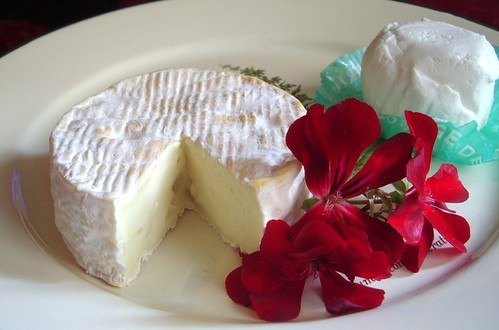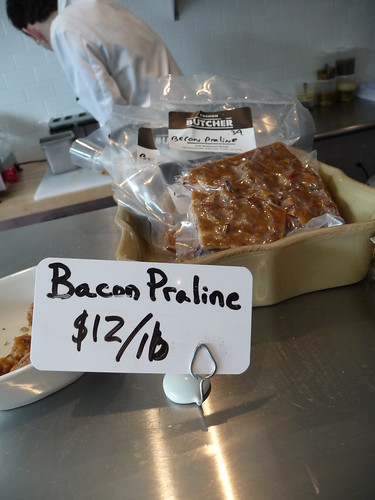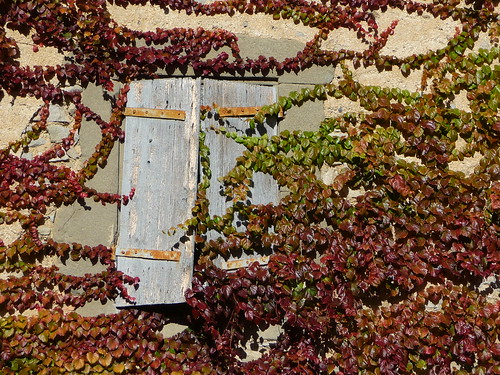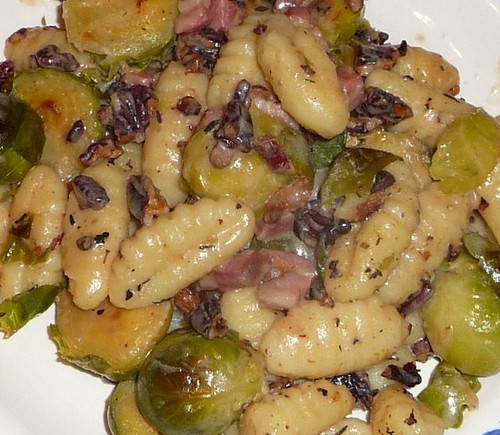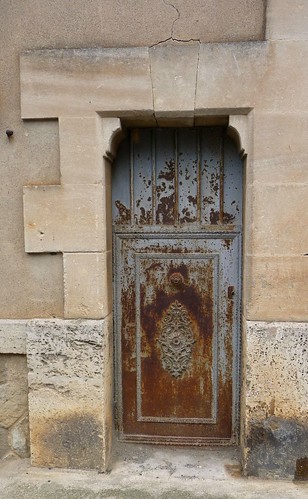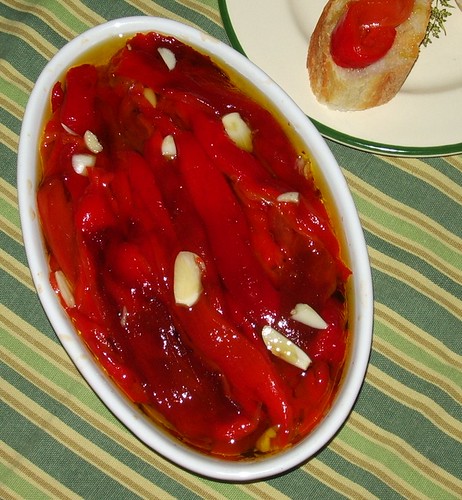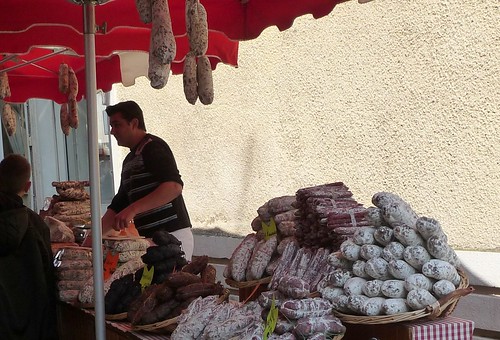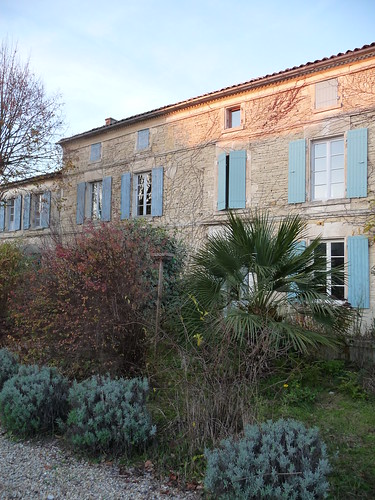The Tomme Périgourdine was a wonderful, luscious, creamy goat cheese . It is produced in the stunning Dordogne département by the Ferme du Chèvre Périgourdin whose farm consists of 120 snowy white Saanen goats.
 As you can see by the photos, this baby was ripe!
As you can see by the photos, this baby was ripe!About thirty minutes after I unwrapped it, the outer layer came sliding off into a puddle of oozing fabulousness. It had a very mild aroma and was slightly salty with hints of hazelnut and mushroom. The "goatiness" was not very pronounced, making this an excellent choice for those who are wary of goat cheese. This Tomme was a truly wonderful! It could easily become one of my favorites.
We enjoyed it with a baguette and some red Minervois wine, from just down the street.

≈≈≈≈≈≈≈≈≈≈≈≈≈≈≈≈≈≈≈≈≈≈≈≈≈≈≈≈≈≈≈≈≈≈≈≈≈≈≈≈≈≈≈≈≈≈≈≈≈
This outlandishly colored cheese is Mimolette also called Boule de Lille, a pasteurized cow's milk cheese. The bright tangerine color comes from the annatto seed (anchiote seed), a mild spice which is also used to color the exterior of Langres and Boulette d'Avesnes.
It resembles a Dutch cheese and some say it originated in Holland, but the production of Mimolette is commonly believed to have begun in France in the 17th century when the French minister, Colbert, forbade the import of foreign goods, including cheese. The northerners around Lille began making their own cheese, based on Edam.
This was an aged Mimolette, about 18 months, producing a very brittle, waxy texture. The flavor was very mellow and nutty, similar to a mild Cheddar. It was pretty bland, kind of like the cheese I grew up eating in America. (Other than the Provolone that my grandfather aged in his basement. We called it stinky cheese.) We both decided it would be a good addition to Macaroni and Cheese!
 One of the coolest things about Mimolette is the mite eaten exterior. Yes, mites. As in the insect. Cheese mites are allowed to nibble the crust to aerate it and help in maturation.
One of the coolest things about Mimolette is the mite eaten exterior. Yes, mites. As in the insect. Cheese mites are allowed to nibble the crust to aerate it and help in maturation.I would avoid eating the rind.
A glass of Riesling, Pinot Gris or a Châteauneuf-du-Pape would nicely compliment Mimolette.
 the mite eaten rind
the mite eaten rind


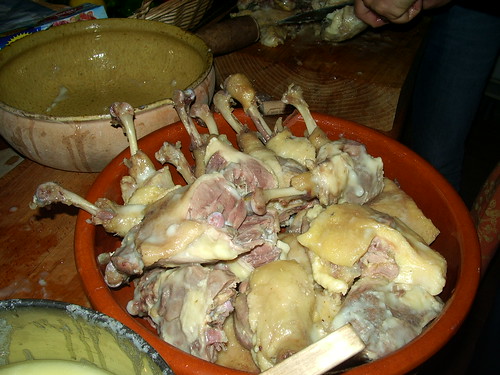

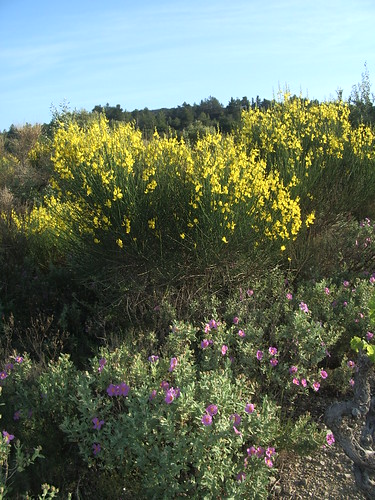
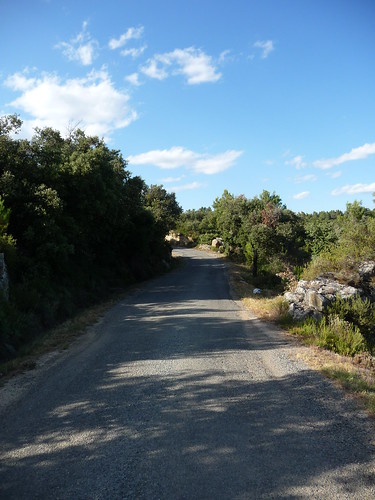












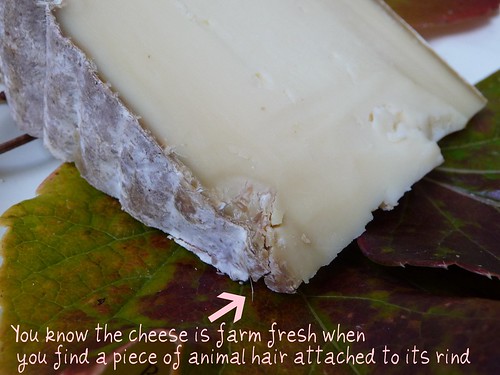
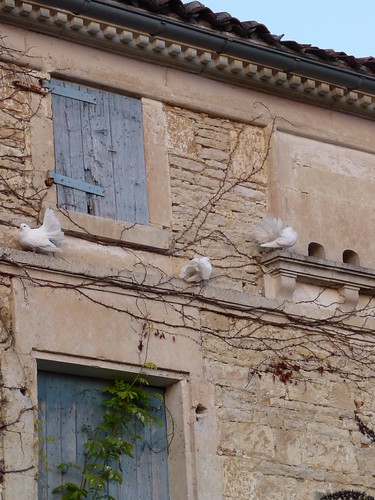




 When we arrived in France, we bought a SEB stainless steel, triple bottom, pressure cooker, actually it is the one you see in the picture, and it is ... 32 years old.
When we arrived in France, we bought a SEB stainless steel, triple bottom, pressure cooker, actually it is the one you see in the picture, and it is ... 32 years old.

